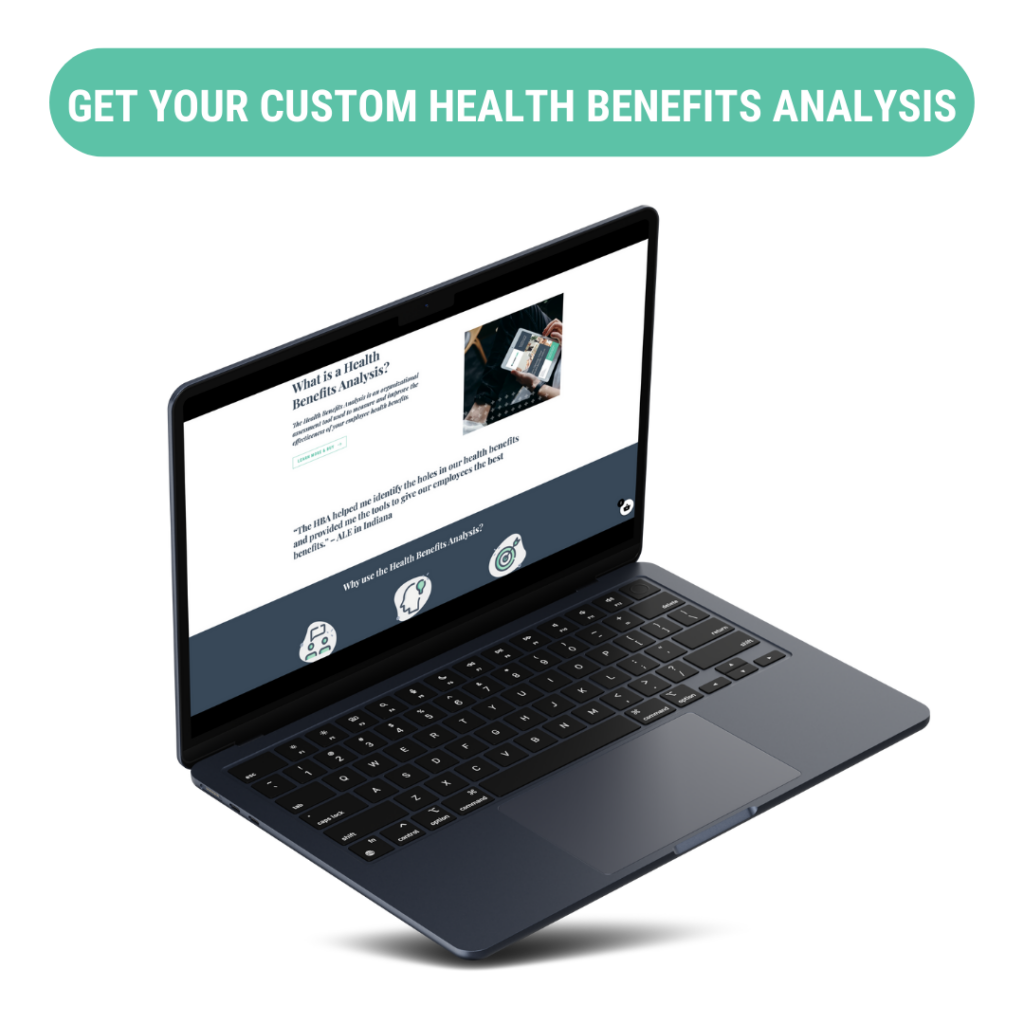Health insurance is one of the most regulated and complex aspects of an organization. Not only do laws already exist to protect employees and employers, but those laws change on a regular basis. Compliance is the very foundation of the entire benefits structure, but it can seem to be quite variant. Let’s look at the top two essentials to stay compliant with your approach to health benefits.
1. Employer “Mandate”
If you know, you know! For those groups with more than 50 full-time equivalents (FTEs), there is a requirement for the employer to participate in providing affordable health coverage. One of the biggest myths surrounding the Applicable Large Employer topic is that you have to buy a group plan. Because if you don’t, you get a big penalty or fine, right? Well, you’re kind of close, but that is really misunderstanding the mandate entirely.
The purpose of the mandate is to basically say to employers: you have to help your people out when it comes to healthcare 一 whether that is by contributing toward a product directly or making a payment to the IRS so they can take care of helping them for you. This is why it’s called the Shared Responsibility Payment as opposed to a penalty or a fine. Therefore, it is still compliant to not have a group plan as a large employer, and there can be benefits to handling the mandate differently than buying an overpriced insurance product. To read more on evaluating your ALE status, check out this blog.
2. Employee “Equitability”
One of the greatest overarching principles of HR compliance is the concept of equitability. For example, in certain group instances, health insurance may cost an older individual more and a younger individual less. Clearly, it would be inequitable to provide a 27-year-old with 100% of their coverage at $300, but then provide only 30% coverage of a 57-year-old at the $300 “equal” amount.
Therefore, to actually be equitable, you would need to give 100% to each of those employees. So why does this look different in old school group products where you pay one price? In the outdated group model, the entire group is paying for the increased differences of each individual. So if you have one older person, it actually increases the costs for everyone.
For half of all groups, when budgets are broken down into individual prices, there is an average savings of 30-40%. Therefore, total equitability rather than “equalness” is proven to be not only more beneficial to employees but much more in-line with HR compliance law as well.

Group Health Insurance Compliance Meets Innovation!
Remodel Health is a platform that inverts the traditional group health insurance model. Instead of trying to find a perfect health plan for your organization, employees can purchase their own insurance. Our platform, along with personalized coaching by our licensed professionals, help employers make strategic decisions to care better for employees.
Remodel Health is not a health insurance plan or program, nor is it an employer-sponsored plan. Our software platform allows users to choose an individual health plan or program specific to their individual needs. In most cases, the employer budgets extra income to an employee as a taxable wage increase, added to each paycheck. The wage increase provided can be used at the employee’s discretion and is not required to be used for health insurance.
Our experience shows that employees generally use the taxable wage increase and/or a combination of their own funds to purchase the health plan or program specific to their needs, although they are not required to. It is a taxable wage increase that impacts their modified adjusted gross income, but there can be greater advantages over pre-tax benefits (such as any eligible tax credits).
The additional income an employee receives every month as a taxable wage increase is not based on what health solution is chosen by the employee. Remodel Health serves as a guide to assist customers throughout the process of shifting to individual insurance. Our licensed professionals come alongside the employee to help them determine a solution.
Although many employers may feel stuck in their old-school group plan, they’re not! Innovation is possible! Rethink the way you’ve always thought about benefits and step into the next generation of innovation.

